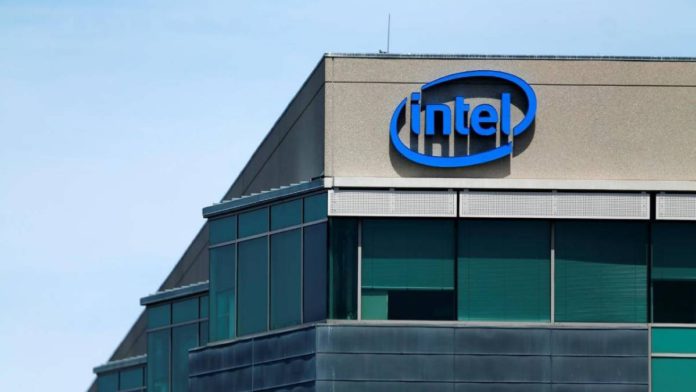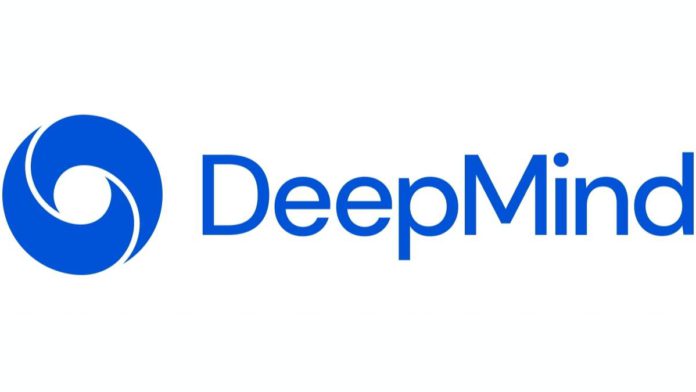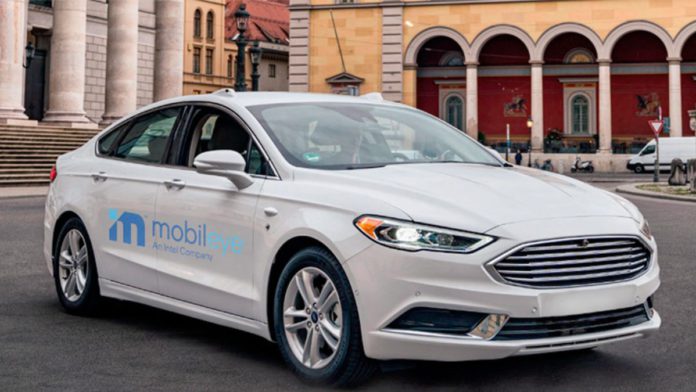Meta Platforms announced a series of new ad formats, aiming to create new revenue streams for the short video and business messaging products it identified as key to growth this year.
In a blog post, Meta said it was starting the testing for a new skippable post-loop video ad format to play after its TikTok akin short video product Reels. Another new Reels format includes horizontally scrollable carousel ads, which can display between two and ten images at the bottom of a Reel.
Meta executives described the company’s business strategy at a press event. They said the new formats could lure Reels creators with ways to earn money from ad placements next to their videos.
Read More: Tesla Shares Fall After Production And Deliveries Lag Due To Logistic Hurdles
Nada Stirratt, VP of Meta’s global business group said that Meta’s goal is to provide the monetization opportunities and tools as one is continually growing creator following across their platforms.
The executives also highlighted ads that open direct chats between prospective customers and businesses, saying Meta can now use AI to optimize whether the ads target new customers or those most likely to make a purchase.
Similarly, AI would power the selection of ads shown in users’ Instagram feeds, said Meta, citing internal research involving 400,000 advertisers that concluded that the approach produced more user purchases than other feed ads. Meta is also creating up new spaces for advertising on Instagram. It includes the ‘Explore’ tab that users see when they run a search in the app, the blog post said.











